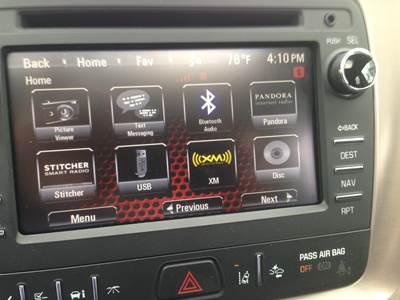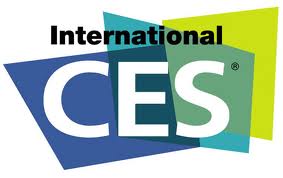
A History of Car Audio (And What Needs to Be Done About It)
I started buying after-market audio gear as soon as I was given the keys to Mom’s 1973 Pinto. Unable to afford to rip out the bog-standard Philco AM radio in the dash and replace it with a proper integrated unit that would make me the first of my bodies to have FM, I opted for an under-dash Roadstar unit with a whopping 5 watts per channel. Two speakers–three-way units!–were plunked into the back deck.
I only bought one other unit after that: a Pioneer AM/FM/cassette in-dash player to replace the factory Delco AM radio in my 1979 Firebird. I can’t remember what I did for speakers.
Since then, though, factory systems have been good enough for me. And now that we’re deep into the era of the highly-evolved technology stack that we see today.
Things are much better than that old Roadstar deck–but there are still plenty of problems, especially with the user interface. Too often it’s unintuitive, has too many functions and can get funky when trying to connect outboard devices In other words, designers have a long way to go.
Medium.com takes a look at the history of the car audio user interface and the problems designers still have to overcome.


